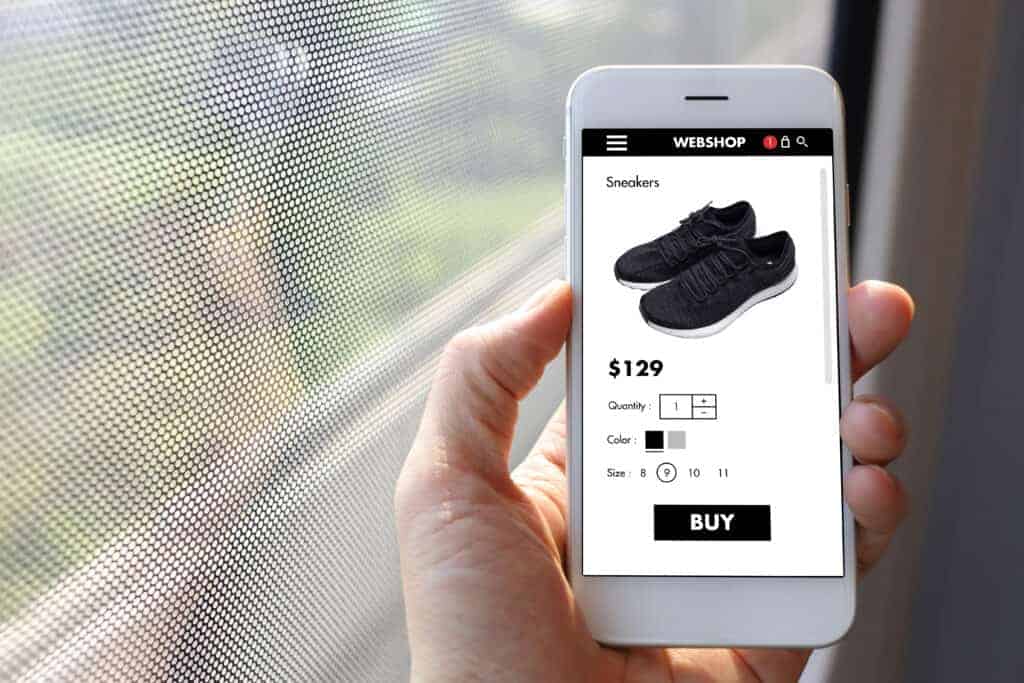Digital Commerce in 2021 Spurred by COVID-19
Give me digital commerce or give me death. This has become the unsung mantra of businesses and consumers alike.
2020 was the year that saw a fundamental shift in consumer behavior thanks to the global pandemic, which brutally disrupted politics, the healthcare and education systems, economy and lives of everyday people.
It also became the year that digital platforms took the world by storm disrupting ecommerce in a way that helped better manage the critically important back-end operations for online retailers.
Across order fulfillment and supply chain logistics, the rapid digitization of businesses from customer service and internal business communication to supply-chain reinvention saved livelihoods amid the COVID-19 health crisis.
Brick and mortar businesses were forced to shut down altogether or adapt with survival strategies that dodged the enforcement of health and safety measures enforced by authorities.
2020 was a transformative year for ecommerce brands and digital commerce and the adaptations made by businesses are lasting. With the contributing factors of comfort and safety added to the preferred convenience of online purchases, reinvented retail can only mean increased growth for the industry into 2021.
Below are a few solid digital moves your business can rely on to increase sales this year.
By the way, in case you hadn’t heard, worldwide retail ecommerce sales are forecasted to reach $4.5 trillion this year, according to Shopify Plus.

Digital Commerce in 2021 grows due to COVID-19
PERSONALIZED EXPERIENCE & CONSUMER EXPECTATION
2020 transformed what was once convenience of the consumer with the need for contactless delivery to meet social distancing guidelines.
For example, curbside pickup options saw strong growth among shoppers wanting to avoid crowds and shipping delays.
And in 2021 most consumers will continue to opt for this trend to limit exposure to the coronavirus.
From the consumer’s digital assistant to the brand’s service bot, the need for more personalized experiences has for better or worse directly increased consumer expectation.
Ultimately various points of sale aspects such as touch screens, in-store feedback buttons and PIN pads will be replaced with contactless software that instead relies on gesture, voice, and proximity, rather than human touch.
One way to keep your audience satisfied is to invest in tech automation.
As a store owner, you want to keep your store running as efficiently as possible. Between managing marketing initiatives, customer service, inventory, fulfillment, time dwindles quickly.
Ecommerce automation focuses on eliminating traditional or manual tasks involved in running an ecommerce store so you can focus more time and energy on strategic projects.
Making this shift allows you to scale your business faster and improves customer satisfaction.
Within the next decade marketing experts think most interactions between brands and consumers will occur via artificial intelligence or AI.
MOBILE SHOPPING – A DIGITAL COMMERCE TREND
M Commerce is “the delivery of electronic commerce capabilities directly into the consumer’s hand, anywhere, via wireless technology.”
It became popular because of demand. Consumers want instant gratification and online shopping fills this void.
There has been a continuous rise of mobile buying as consumers shop out of convenience, boredom and less hassle.
Mobile commerce is expected to control 73 percent of the global ecommerce market share this year, according to Statista.
People are spending more time at home either due to distance learning or because they are working remotely.
This means more time on their phones and more in-app purchases via smartphones.
To become mobile shopping-friendly it means you’ll need a mobile-friendly website to go along with your brand.
In today’s world, a mobile-friendly website is no longer a nice feature to have, your website must support mobile responsive features to help generate leads and make sales.
OMNICHANNEL
It’s crucial in 2021 that entrepreneurs with ecommerce businesses focus on an experience-driven approach across all channels, that gives consumers the attention they crave.
Their needs and expectations have changed, which makes the already saturated ecommerce industry ripe for even more competition.
With the closure of physical retail stores, individual brands, manufacturers and retailers must become more digitally focused to survive.
Creating a solid omnichannel strategy with a reliable, unified presence across third-party platforms gives your audience a reliable shopping experience.
It also provides consumers with the option to interact with your brand however in the way that’s comfortable and convenient for them.
DIGITAL COMMERCE & SOCIAL MEDIA CONSUMERISM
In today’s market, social media is driving more online sales.
The pandemic launched an entire generation of entrepreneurs, many of them enticed by the ever-growing ecommerce industry with the ease and efficiency of dropshipping.
Everyday people begin to see a need and fill it, especially in digital commerce.
If you’re an established ecommerce business, you’ve probably already embraced social media platforms. Afterall, that’s likely where you’ll find many of your consumers.
If you’re not currently using any of them to promote your product, you should at least be on the main ones: Facebook, Instagram and Youtube.
If you’re considering jumping on the ecommerce bandwagon, there’s no time like the present. Digital commerce is where it’s at. An entire industry catapulted into success within months all thanks to a global pandemic.
Before joining the rest, just know that the industry is constantly evolving and it’s consumers that play the role of future change. Listen to them.
Read more: Successful Social Media Tips for eCommerce

